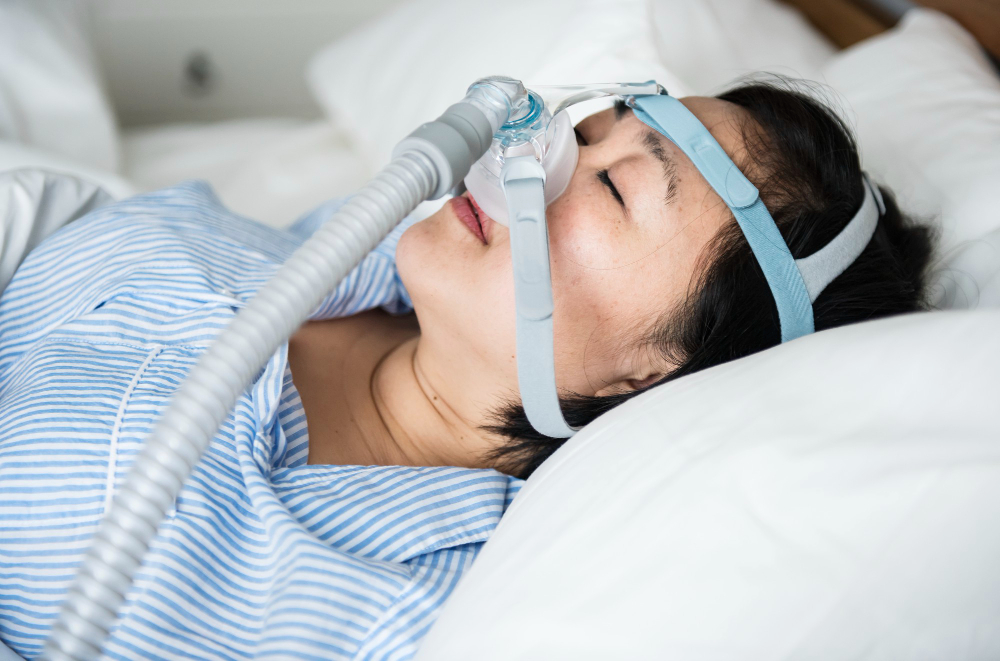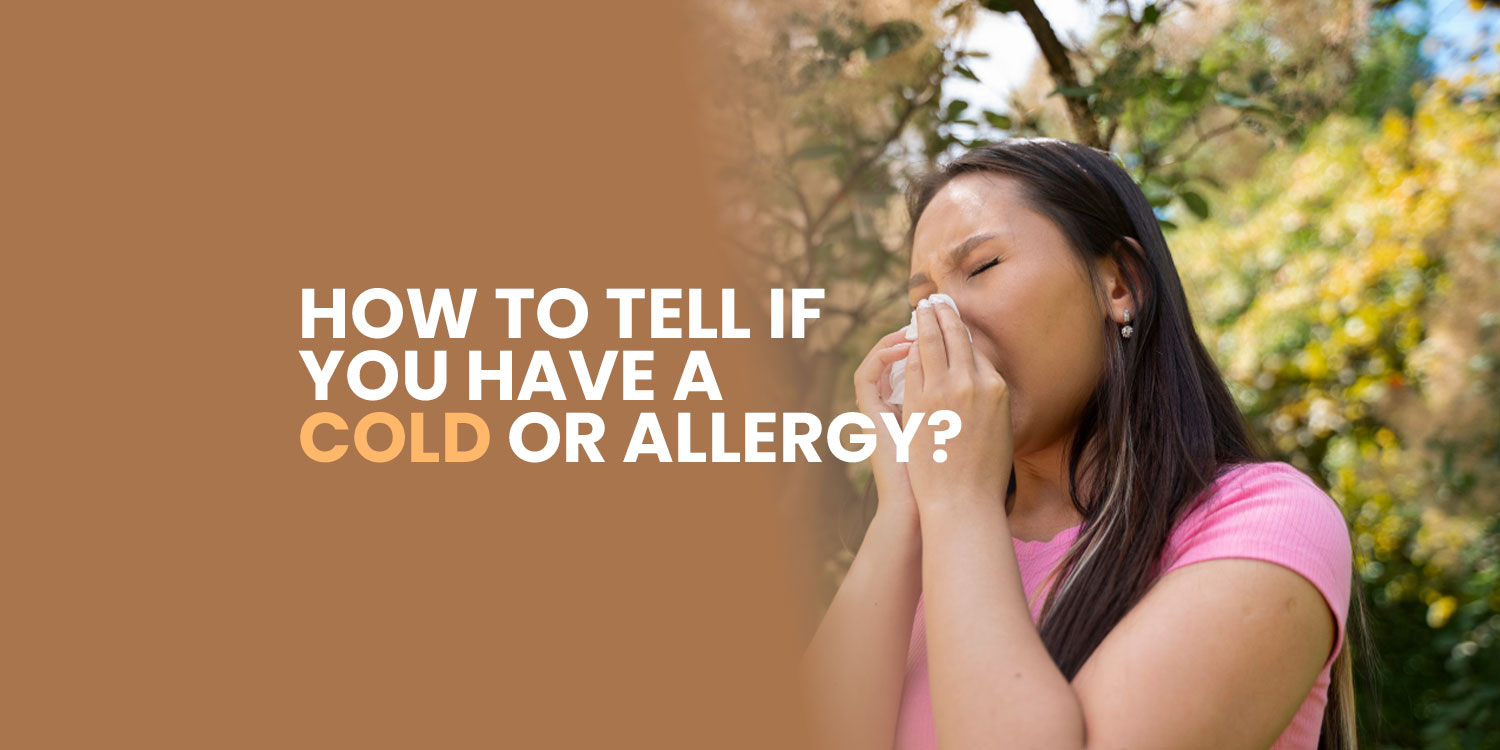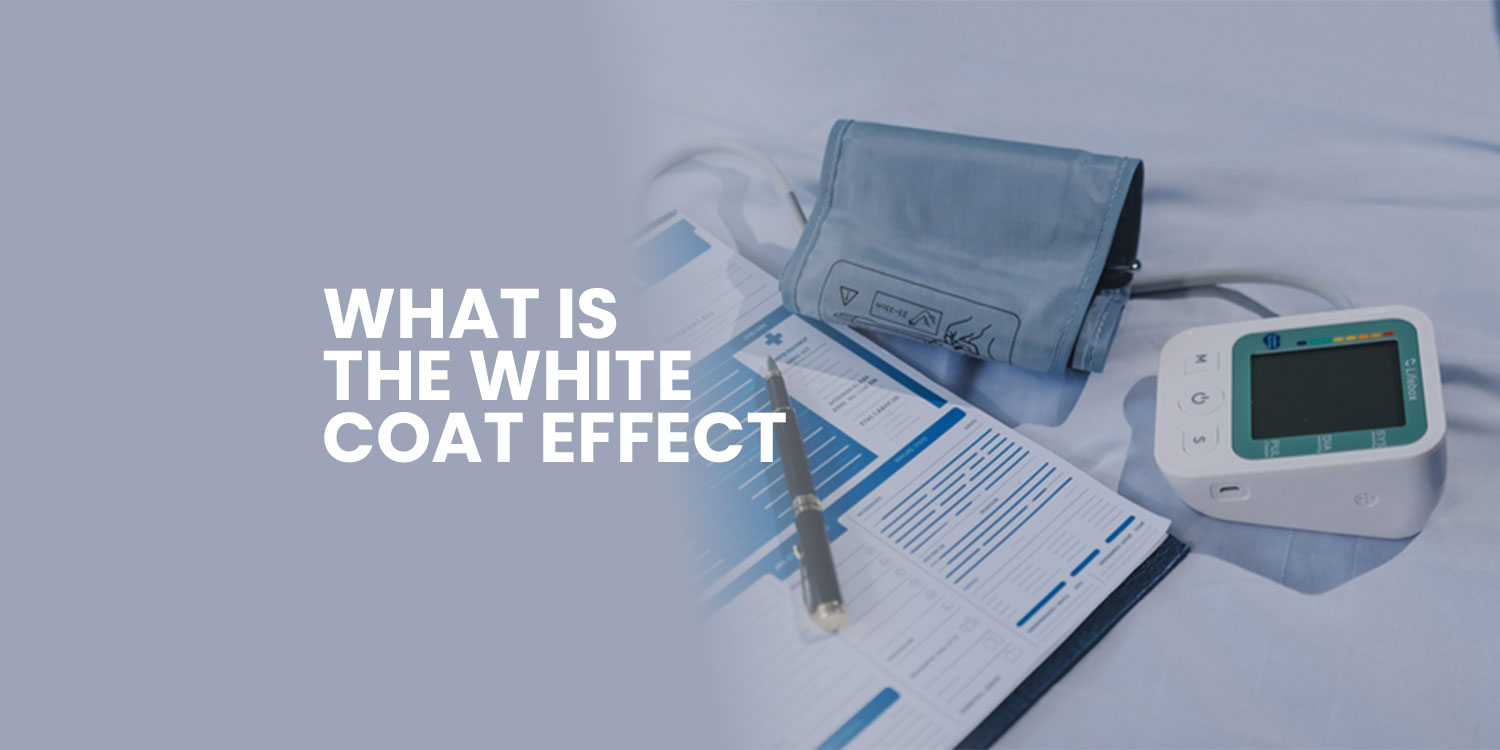Snoring: The Not-So-Silent Killer
You know what’s a not-so-silent killer? In fact, it’s so loud that if your partner doesn’t kill you first, your own body just might. Over time, it can double your risk of a heart attack!
What is it? Snoring. Or, in more extreme cases, sleep apnea.
Now, this one is for all the partners out there who have to endure the nightly symphony of snores. Because let’s face it—snorers are the worst kind of deniers.
“I don’t snore.”
“It’s not that bad.”
“You’re exaggerating.”
Trust me, it is that bad. And not just because of the sleep deprivation (which, let’s be honest, might already be driving your partner to the brink).
Snoring and sleep apnea don’t just ruin relationships—they also increase the risk of serious health problems like:
- Heart attack & stroke 🫀🧠 [(Gami et al., 2005)]
- Type 2 Diabetes 🍭 [(Reichmuth et al., 2005)]
- High blood pressure 📈 [(Peppard et al., 2000)]
A shortened lifespan ⏳ [(Punjabi et al., 2009)]
What’s Really Happening?
When you have sleep apnea, you actually stop breathing multiple times a night. Each time your body gasps for air, it sends your stress hormones skyrocketing, increasing inflammation and putting immense strain on your heart [(Somers et al., 2008)].

The Solution? CPAP to the Rescue!
A CPAP (Continuous Positive Airway Pressure) machine is the gold standard for treating sleep apnea [(McDaid et al., 2009)]. It works by blowing a gentle stream of air to keep your airways open, so you can breathe normally throughout the night.
✅ Better sleep
✅ More energy
✅ Lower risk of heart disease
✅ A happier partner (who won’t have to smother you with a pillow out of desperation)
If snoring is affecting your sleep, your health, or your relationship—it’s time to take action.
💤 Save your heart. Save your sleep. Save your relationship. Get a CPAP!

References
- Gami, A. S., Howard, D. E., Olson, E. J., & Somers, V. K. (2005). Day–night pattern of sudden death in obstructive sleep apnea. New England Journal of Medicine, 352(12), 1206-1214. https://doi.org/10.1056/NEJMoa041832
- Reichmuth, K. J., Austin, D., Skatrud, J. B., & Young, T. (2005). Association of sleep apnea and type II diabetes: A population-based study. American Journal of Respiratory and Critical Care Medicine, 172(12), 1590-1595. https://doi.org/10.1164/rccm.200504-637OC
- Peppard, P. E., Young, T., Palta, M., & Skatrud, J. (2000). Prospective study of the association between sleep-disordered breathing and hypertension. New England Journal of Medicine, 342(19), 1378-1384. https://doi.org/10.1056/NEJM200005113421901
- Punjabi, N. M., Caffo, B. S., Goodwin, J. L., et al. (2009). Sleep-disordered breathing and mortality: A prospective cohort study. PLoS Medicine, 6(8), e1000132. https://doi.org/10.1371/journal.pmed.1000132
- Somers, V. K., White, D. P., Amin, R., et al. (2008). Sleep apnea and cardiovascular disease: An American Heart Association/American College of Cardiology Foundation Scientific Statement. Circulation, 118(10), 1080–1111. https://doi.org/10.1161/CIRCULATIONAHA.107.189420
McDaid, C., Griffin, S. C., Weatherly, H. L., & Stradling, J. R. (2009). Continuous positive airway pressure (CPAP) treatment for obstructive sleep apnoea-hypopnoea syndrome: A systematic review and economic analysis. Health Technology Assessment, 13(4). https://doi.org/10.3310/hta13040




